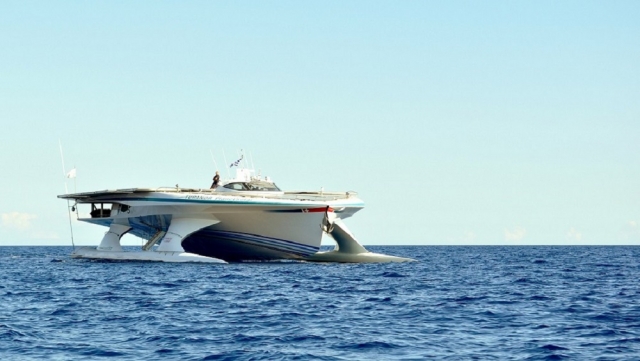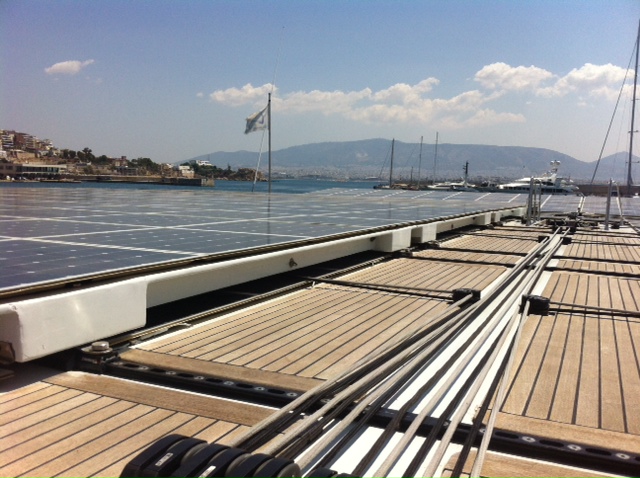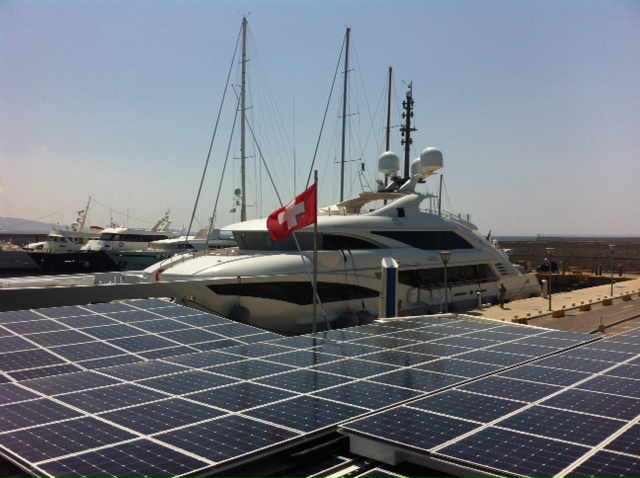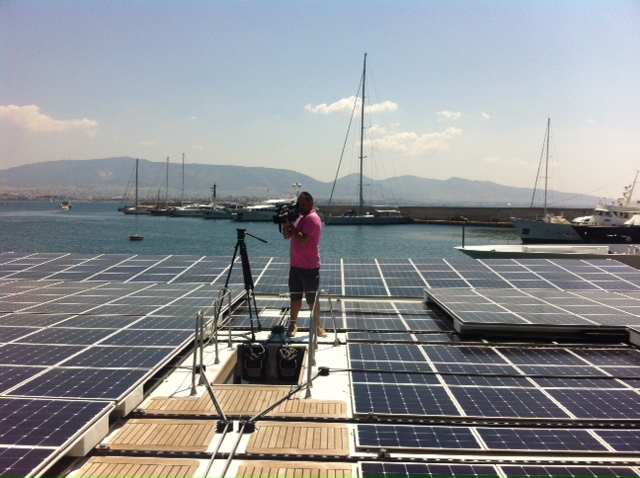Anastasia Balezdrova
Archaeological discoveries in recent years are about to completely change our perception of shipping in the eastern Mediterranean in the prehistoric era. In 2010, archaeological research in Crete discovered signs of it that date back to 100,000 years ago whereas cut stones indicate that the island was inhabited by humans even before the Neolithic era.
Similar signs were found in the region of the Argolic Gulf in the eastern part of the Peloponnese, where underwater research has been carried out since 2012. Its organiser is the Swiss school of archaeology in Greece in cooperation with the service of underwater archaeological finds and the Hellenic Centre for Marine Research.
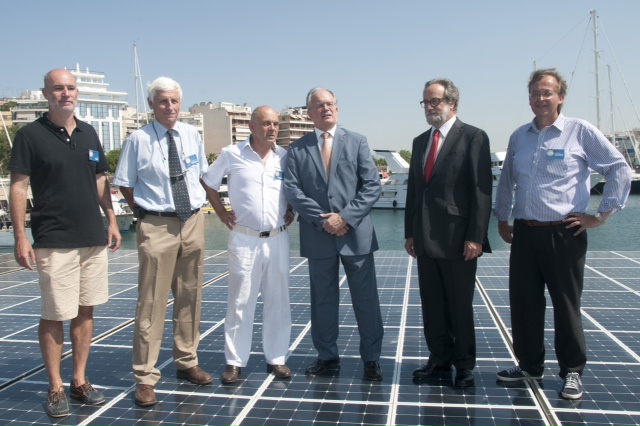
Frankthi cave that was inhabited for about 35,000 years, from the Palaeolithic to the Neolithic era, is located on the north coast of the Argolic Valley, which is now under water but was part of the land thousands of years ago. Archaeologists believe that such a long period of time is unique in Europe and therefore consider it an ideal place to explore the relationship between the people of the time and the sea.
The exploration of the gulf entitled Terra Submersa will start on 11 August and will continue until 22 August. Scientists will explore the seabed using a combination of geophysical methods and underwater excavations. They will enable archaeologists to examine the topography of the submarine areas on the one hand and to identify possible traces of human activity on the other. The excavations in turn will allow them to explore the region in detail.
The research activity will involve the largest photovoltaic catamaran in the world, Planet Solar, which arrived in Greece in mid-July and the Greek research vessel Alkion that has the necessary equipment. The scientists will use seismic and acoustic methods using the latest equipment such as multi-beam and side-scan sonar systems, navigation systems and others. Divers will carry out underwater excavations using hydraulic suction devices. The sediment and turbid water taken up by suction will be transferred to the ship deck or ashore, depending on the place of the research activity and will be screened in order to detect even the smallest remains.
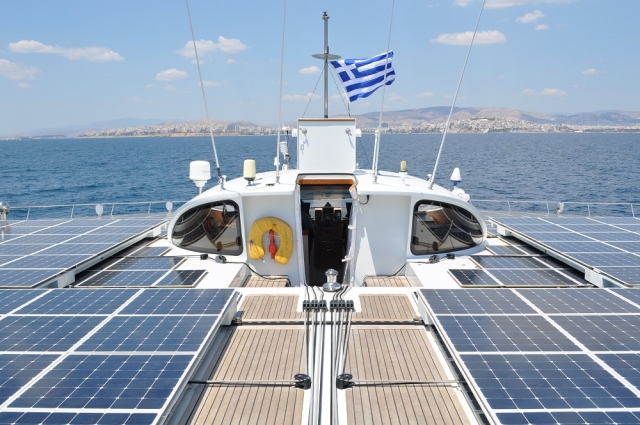
Planet Solar photovoltaic catamaran
The start of the expedition was announced today on the deck of the impressive catamaran in Zea marina. This will be the ship’s second scientific expedition. In 2012, after 584 days and 60,000 km of sailing MS Turanor Planet Solar completed its first voyage around the world that was carried out entirely using solar energy. Soon after that, the catamaran was assigned a new mission, becoming a platform for scientific research in the North Atlantic. The name of the mission was PlanetSolar DeepWater and the purpose of the scientists from the University of Geneva was to carry out physical and biological research along the Gulf Stream, which significantly affects the climate on the eastern shores of North America and the west coasts of Europe.
After the successful mission to the north, the catamaran set off to the warm waters of the Mediterranean, this time to assist the exploration of today's seabed of the Argolic Gulf.
Planet Solar moves using solar energy accumulated by solar panels with a total area of 512 square metres. The maximum speed it can reach is 14 knots or about 26 km/h and the average about 5 knots (9.25 km/h). The catamaran is 35 m long, 23 m wide, its height is 6.30 m and the height of the underwater part is 1.50 m.
The catamaran will be at Zea marina and those wishing to can visit and examine it until 6 August, when it will leave for the Argolic Gulf.
